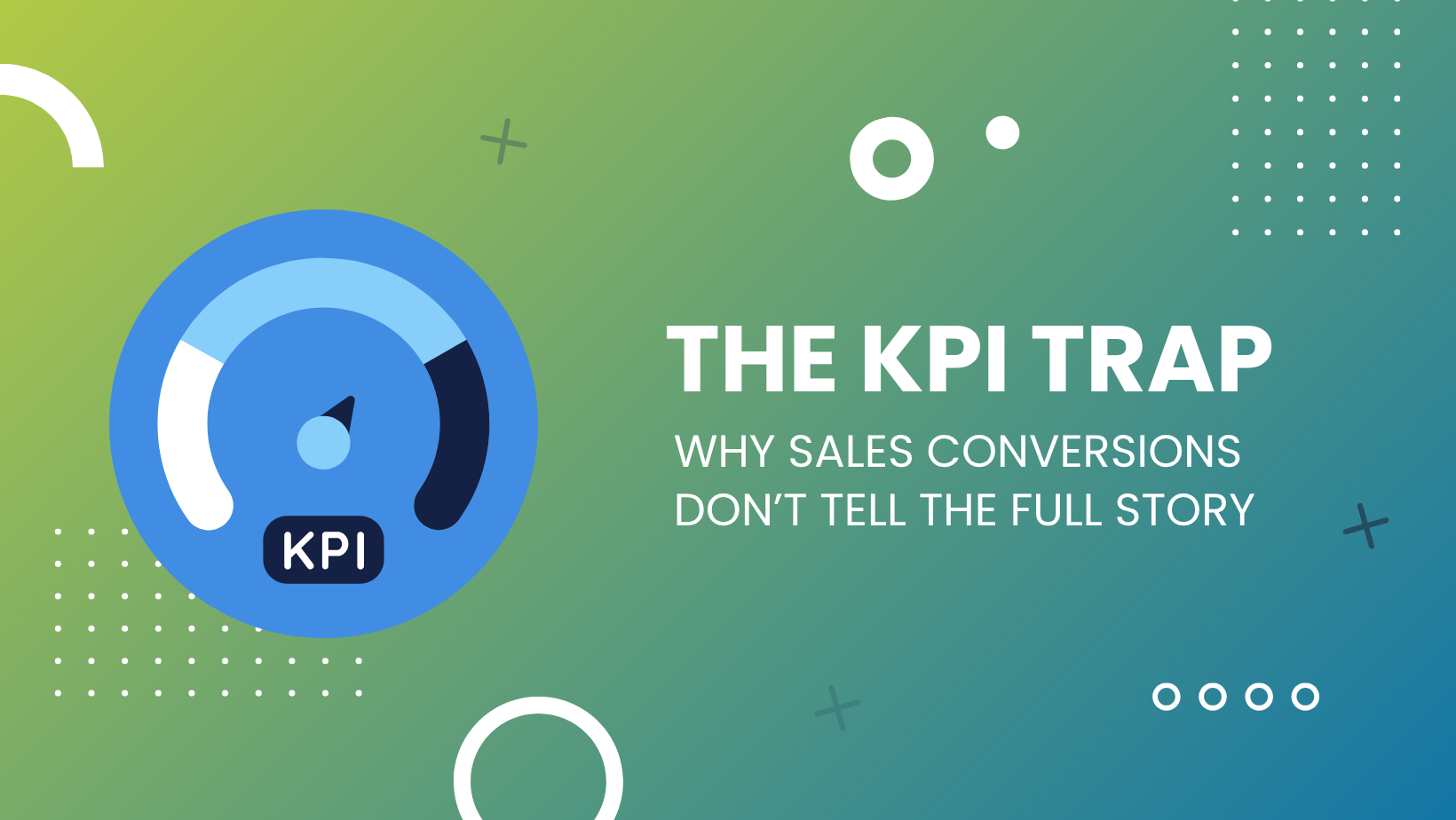The Growing Importance of Sustainability in Marketing

Sustainability has become essential in today's business landscape. With consumers, regulators, and investors prioritizing environmental responsibility, brands must integrate eco-friendly practices into their marketing to stay competitive. This guide offers actionable insights on creating a sustainable marketing campaign and promoting internal eco-conscious practices to resonate with an environmentally aware audience.
Why Sustainability Matters in Marketing:
Sustainability is crucial for modern businesses, offering significant benefits. Consumers increasingly favor brands that demonstrate environmental responsibility, aligning their purchases with their values. Stricter government regulations worldwide mandate sustainable practices to avoid penalties and ensure compliance. Adopting eco-friendly initiatives enhances brand reputation, leading to higher customer loyalty and positive word-of-mouth. Additionally, investors prioritize companies with strong sustainability credentials, seeking long-term, responsible growth. Thus, sustainability is not just an option but a strategic necessity.
How to Develop a Marketing Sustainability Campaign:
Creating a successful marketing sustainability campaign involves several key steps. Here’s how you can get started:
1. Conduct an Internal Assessment
Start by conducting a thorough audit of your current practices to identify areas for improvement. Evaluate your energy usage, waste management, and material sourcing. Understanding your baseline is essential for setting realistic and achievable sustainability goals.
2. Set Clear, Measurable Goals
Establish specific, time-bound sustainability goals and communicate them publicly to ensure accountability. For example, “Reduce carbon emissions by 30% within three years” or “Achieve 100% renewable energy usage by 2025.” Clear, measurable goals demonstrate your commitment to sustainability and provide a benchmark for progress.
3. Foster a Culture of Sustainability
Engage employees in eco-friendly initiatives and provide training on sustainable practices to cultivate a sustainability-focused culture. Encourage participation in green initiatives and recognize employees who make significant contributions to your sustainability goals.
4. Choose Sustainable Partners
Select suppliers and partners that adhere to sustainable practices, ensuring your supply chain aligns with your eco-friendly values. Collaborating with like-minded partners amplifies your sustainability efforts and strengthens your brand’s credibility.
5. Be Transparent
Share successes and challenges openly with stakeholders, providing verifiable data to support your claims. Transparency builds trust and credibility, demonstrating your genuine commitment to sustainability.
Examples of Sustainable Marketing Campaigns:
Here are some inspiring examples of brands that have successfully integrated sustainability into their marketing campaigns:

Patagonia: “Don’t Buy This Jacket”
Patagonia’s bold “Don’t Buy This Jacket” campaign encouraged customers to consider the environmental impact before purchasing new products. This counterintuitive approach highlighted the brand’s commitment to sustainability and resonated with eco-conscious consumers.

IKEA: “People & Planet Positive”
IKEA’s “People & Planet Positive” strategy focuses on sustainable sourcing, renewable energy, and promoting sustainable living among customers. The campaign effectively communicates IKEA’s long-term commitment to sustainability and positions the brand as a leader in eco-friendly practices.
Promoting Your Internal Sustainability Practices
Internal sustainability practices are crucial for impactful marketing campaigns. Share your sustainability journey with real data and examples to show commitment, highlighting the benefits for the environment, clients, and community. Use blogs, social media, and webinars to educate and engage your audience on sustainability, emphasizing the positive impacts such as cost savings, brand loyalty, and regulatory compliance. Visual content like infographics and videos can make complex concepts engaging, while customer testimonials and case studies can inspire others. Ensure a clear and consistent sustainability message across all channels to build a cohesive brand image.
Conclusion
Sustainable marketing is not just a trend; it’s a strategic imperative. By authentically incorporating eco-conscious practices and effectively communicating your efforts, you can resonate with an eco-conscious audience, enhance your brand reputation, and achieve long-term success.
Remember, sustainability is a journey, not a destination. Start by conducting an internal assessment, setting clear goals, fostering a culture of sustainability, choosing sustainable partners, and being transparent about your progress. Promote your internal sustainability practices through authentic storytelling, engaging content, and consistent messaging.




